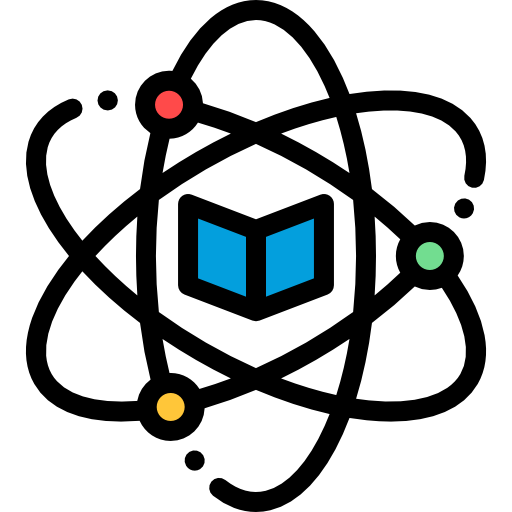Please proceed with your order so that we can facilitate taking your exam on your behalf. Click Here
There are six basic topics in the class, and there are four main objectives for each topic: To understand the concepts in Physics 101, To demonstrate understanding of the concepts in Physics 102, To demonstrate proper use of concepts in Physics 103, To demonstrate proper use of concepts in Physics 104, And To present your own findings in Physics 105. Each of these five sections will cover an important part of physics, but only two of them have to be covered in order to pass the course. The other three sections are not necessarily required, but they can help you gain further understanding. You’ll also need to familiarize yourself with some math and science topics, like relativity, quantum mechanics, and gravity. In short, this course will introduce you to the basic concepts that make up most of modern physics, including gravity, electromagnetism, and electromotors, but will not give you all of the information that is required to complete a Ph.D.
One of the first lessons in this class is an introduction to fundamental physics, which focuses on the study of basic physics concepts like force and motion. The first part of the class deals with concepts such as energy, momentum, and force. It covers concepts such as elementary particles, which include atoms, protons and neutrons, as well as their interactions. You’ll also learn about electromagnetic fields, like the field of electric and magnetic fields, as well as about the relationship between time and space. This part of the class will provide you with the basics of electric and magnetic fields, as well as how they affect other things in our universe.
Next up, we have the topics of elementary particle physics, which is one of the most important parts of fundamental physics. You’ll learn about the different types of particles, including quarks, gluons, mesons, and photons, and about the relationship between quarks and gluons. We’ll discuss the properties of each particle, such as spin and color, as well as the way that they change from one state to the next. In addition, you’ll learn about what goes on inside the nucleus of a particle, including the way electrons and protons move.
After that, we move on to concepts in electromagnetism, which are one of the most foundational parts of fundamental physics. Electromagnetism is defined as the force that binds magnets and is related to the force that holds charged particles together. You’ll learn about electromagnetic fields, such as electricity and magnetism, and the way in which they affect particles and fields. Electromagnetic fields may be created and manipulated by moving objects.
Then comes the first chapter of elementary particle physics, which deals with the study of the properties of matter, like photons and their electron shells, the electron itself. Particles such as hydrogen atoms, and protons and neutrons have their own electron shells, and their nuclear particles are paired with different protons or neutrons, which can occupy different electron shells. The first chapters of this section deal with the properties of hydrogen atoms, and their interaction with the electromagnetic field of the Earth.
The next chapter of elementary particle physics deals with the properties of atoms. and the last chapter of this portion of physics involves the study of atomic bonds. Here, you’ll learn about the structure and bonding properties of an atom, including the electron, its orbitals, proton and neutron, and the proton’s spin. As you progress through your courses, you’ll learn how various types of bonding are produced in molecules, as well as how bonds are broken in large molecules and atoms.
When you finish this physics class, you’ll know how to apply physics to a variety of situations, including everyday objects and the world around you. You’ll also be able to understand how the various types of particles interact with the other types of particles, including electricity and magnets. This knowledge will help you understand how electricity can control the electrical current in a house, as well as how magnets can control the movement of certain objects in your car.


